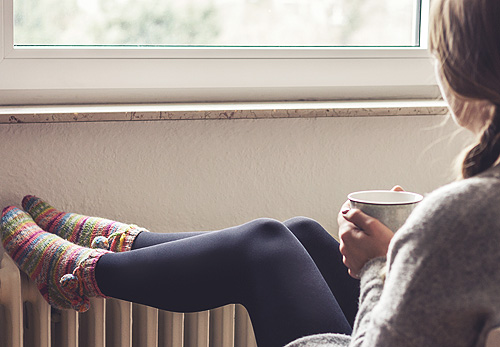Combination Boilers
A Combination boiler has a direct fired water heater that takes mains water directly through the boiler via a plate heat exchanger to give almost instantaneous hot water at a temperature range of 35 to 65*c at your tap outlets and give a 35*c rise from the incoming mains cold water temperature. With digital controls making the control of the temperature very user friendly.
A combination boiler also delivers heated water to your radiator circuit hence the name combination meaning combining two processes in one unit. During heating operation if a hot water outlet is opened then this will take priority over the heating until the outlet is closed and then revert to heating mode. Some combination boilers will condense in both heating and hot water modes making them even more efficient.
Combination boilers are normally pressurised on the heating side and manually filled up with water through a filling loop, located by the boiler or built into the boiler to allow quick topping up of the boiler to a pressure between 1 and 1.5 bar.

Useful Information
Combination boilers are generally more suited to one-bathroom properties due to the amount of hot water it can deliver, however larger combination boilers are making it more possible to be used for houses with 1 bathroom and a shower room due to flow rates up to 17 litres per minute. The size of the gas pipe and the water flow rates are the two major factors that need to be considered before this option is viable. Combination boilers may be referred to as either ‘steam-only’ or ‘steam and electric’ boilers. However, in this guide we are specifically speaking of combi boilers in this context. As these boilers use liquid-to-gas conversion and can therefore work either as steam boilers or as electric boilers, the terms are used interchangeably here.
Where are they used?
Combination boilers are most commonly found in homes where there is a significant amount of space to heat, such as large flats, townhouses, apartments, and cottages.
What size are they?
On average, the largest combi boilers are 3-4.5m long, weigh 3-4 tonnes and typically sit in the home’s loft or under a carport. The smallest are typically 1-2m long and weigh 1-2 tonnes. When it comes to the heating side of combination boilers, most will have an output of 24kw which in real terms will heat your standard three-bedroom home with 50% to spare. Other factors to consider are radiator sizing, pipe sizing and balancing of the radiators as to achieve an even heat output and distribution. The smallest combination boilers are generally 24kw designed for small flats/houses with a small bathroom/shower room with flow rates of around 10 litres per minute of hot water.
The largest combination boilers are 42kw and is designed for larger properties with a higher heating demand and multiple bathrooms with flow rates of 17 litres per minute of hot water.
Benefits of a combi boilers
A wide variety of boilers are available to consumers, which has a number of distinct benefits. Modern combi boilers offer a number of highly efficient and energy-saving features, which in turn results in less heating bills and more affordable bills for customers. Combination boilers offer great benefits such as more space. While you can save energy and money by using central heating in your home, it can quickly become an add on to other domestic chores and commitments. Combining central heating and using an efficient combi boilers means that you can reduce your electric bill by simply heating the water you need on demand.
